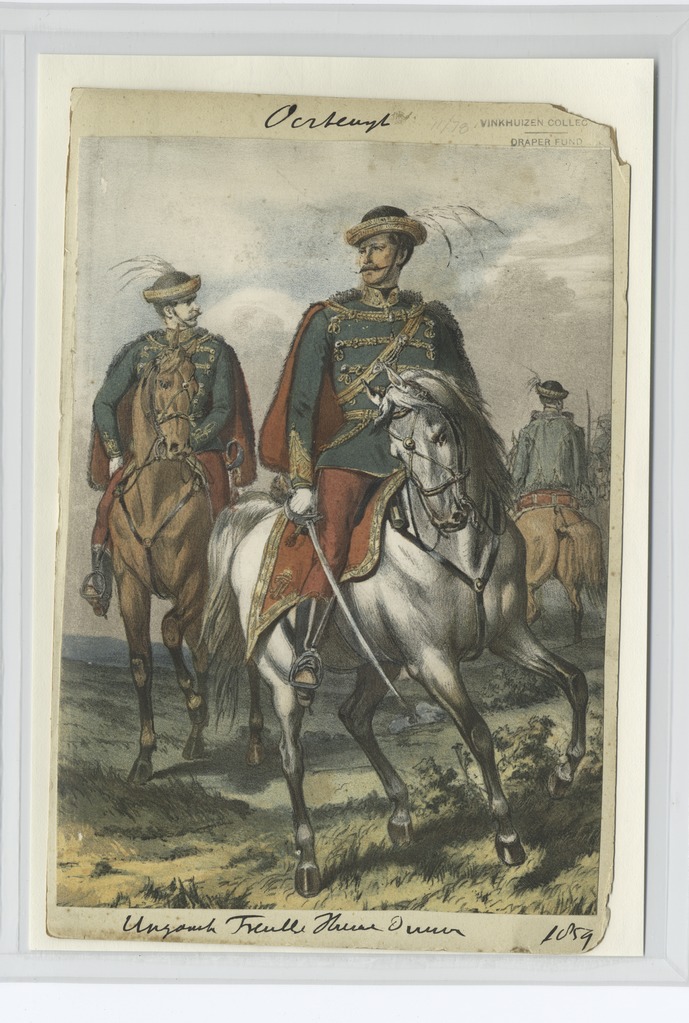The mesmerising uniform of the Hungarian hussars – PHOTOS

The Hungarian hussars are quite a unique sight to behold. Not because they are particularly rare, as there is a prominent culture in Hungary that is keeping the hussar tradition alive, but because they are mesmerising in their beautifully adorned uniforms and armaments. Today, on the occasion of the Hungarian National Day, you will be able to learn a little bit about this spectacular light cavalry unit and its equipment.
The hussars were the light cavalry dedicated to fending off the Ottoman invaders. They were established under Hungarian King Matthias Corvinus who created this form of cavalry. Hussars were first incorporated into the Black Army of Hungary, and by 1490, they became the standard form of cavalry. After the death of Corvinus, the Hungarian hussars were hired as mercenaries by Habsburg emperors as well. Most Hungarian units were active during Rákóczi’s War of Independence in the early 1700s (this might have made them iconic) and during the 1848-1849 Hungarian Revolution. Hussars were considered to be the ‘cool’ guys in the army. They were thought to be reckless, they could drink anyone under the table, and any woman would have gone mad for them. There is some debate about the origin of their name, however, but you can read more about that and more on hussars in general in THIS article. Hungary also has the largest hussar statue in the world.
The Uniform
In Hungary, we aim to actively preserve and show this rich military tradition with the help of the Hungarian Hussar and Military Heritage Federation. This federation helps provide hussars for events and anniversaries, such as March 15th.
From the 18th century, the Hungarian hussars’ military uniform was inspired by contemporary Hungarian fashion, but these are also the typical uniforms most people imagine when they hear the word ‘hussar’, one of the few English words with Hungarian origins.
Shako – Csákó
There are a couple of iconic things in a hussar. One of those things is the shako, a cylindrical soldier’s hat with a plume, a decoration of feathers or fur fastened by a rose, or just a standalone rose. The shako itself is adorned with golden or silver laces and other intricate designs.
Dolman – Dolmány
This item of clothing is probably the most iconic of them all. This is a short jacket, a medium-long jacket was called an attila. The jacket is decorated with a heavy horizontal braid across the breast with a golden or silver lace ending in beautiful knots on each side. The sleeves, the neck area, and the bottom of the jacket were also decorated with golden or silver laces. Hussars wore these over a shirt.
Pelisse – Mente
Hungarian hussars wore a pelisse as well, which was a short-waisted over-jacket similar to the dolmány. This piece of clothing was worn on only one side most of the time, so it was held on by an ornate cord.

Breeches – Nadrág
These were tight-fit breeches at the shin, so as not to intervene much with the high boots. The decoration of silver or golden laces makes it onto the breeches as well. They can be observed on the thigh area and going down the sides to help hide seamlines.
Boots – Csizma
These are high riding boots with similar knot-like ornamentation on the leather. The hussars typically also wore spurs on their boots.
The accessories
They wore an ornate cord-belt on the outside of the dolmány, a leather sword-belt. Hussars decorated their sabres with sword tassels that were coloured differently according to rank. They also wore a patrontáska (tölténytáska), or ammunition pouch, and the officers’ pouches were highly ornamented.
Bag – Tarsoly
Hussars also wore a tarsoly as part of their uniform. This was not a particularly functional bag, as it was very flat, they could only store small items in them despite their size at first appearance. These were decorated by the initials of the monarch. Naturally, the higher-ranking a hussar was, the more ornamented this accessory got.

Moustache – Bajusz
The long moustache was also an essential “accessory” of hussars, which is not mandatory today, but many people who keep this tradition alive also have moustaches.
Naturally, the colours, lacing, and decoration of the uniform were different not only through the ages but also unique to each regiment.
Source: Fehérvárihuszárok.hu, Daily News Hungary












Very Interesting History,